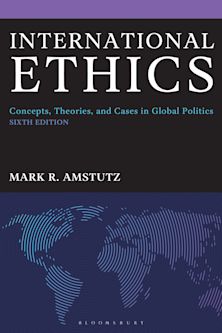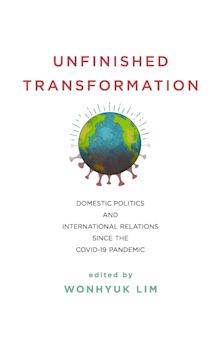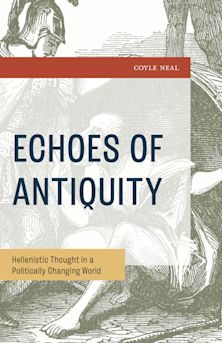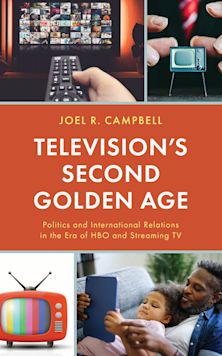- Home
- ACADEMIC
- Politics & International Relations
- Introduction to International Relations
- Understanding and Explaining the Iranian Nuclear 'Crisis'
Understanding and Explaining the Iranian Nuclear 'Crisis'
Theoretical Approaches
Understanding and Explaining the Iranian Nuclear 'Crisis'
Theoretical Approaches
You must sign in to add this item to your wishlist. Please sign in or create an account
Description
In Understanding and Explaining the Iranian Nuclear ‘Crisis’: Theoretical Approaches, Halit M.E. Tagma and Paul E. Lenze, Jr. analyze the ‘crisis’ surrounding Iran’s nuclear program through a variety of theoretical approaches, including realism, world-systems theory, liberal institutionalism, domestic politics, and multi-level games. Through these theories, Tagma and Lenze use established academic perspectives to create a more objective understanding and explanation of the debates and issues. Introducing the concept of eclectic pluralism to the study of international relations, Understanding and Explaining the Iranian Nuclear ‘Crisis’ presents theoretical approaches side by side to explore a complex and evolving international dispute.
Table of Contents
Halit M. E. Tagma
Chapter 2. Realism and Iran’s Nuclear Program
Halit M. E. Tagma
Chapter 3. The Political Economy of the Iranian Nuclear Crisis: World-Systems Theory
Halit M. E. Tagma
Chapter 4. The Non-Proliferation Regime & Iran’s Nuclear Program: An Institutional Approach
Paul E. Lenze, Jr.
Chapter 5. The Domestic Politics of the Iranian Nuclear Crisis
Paul E. Lenze, Jr.
Chapter 6. Resolution of the Crisis?: The Three-Level Games Between Obama & Khamenei
Paul E. Lenze, Jr.
Product details
| Published | Oct 14 2020 |
|---|---|
| Format | Ebook (Epub & Mobi) |
| Edition | 1st |
| Extent | 310 |
| ISBN | 9781498593076 |
| Imprint | Lexington Books |
| Illustrations | 4 b/w illustrations; 2 tables; |
| Publisher | Bloomsbury Publishing |
About the contributors
Reviews
-
In this important book, Halit M. E. Tagma and Paul E. Lenze, Jr. go beyond previous
scholarly efforts to provide important insights and rectifications. Engaging in
what they refer to as ‘eclectic pluralism,’ the authors provide outstanding applications
of various theories to the Iranian nuclear program, thus illuminating different and
often overlooked aspects of it. The result is a comprehensive and nuanced understanding
of the challenges and opportunities the United States and other actors in
international politics have in their relations with Iran.Akan Malici, Furman University
-
This book is a superb example of the benefit of using rigorous theoretical perspectives
in analyzing ‘real-world problems’ and serves as a well-argued defense of
eclectic pluralism in international relations. The chapters are empirically rich and
theoretically sound. This book will not only benefit undergraduate and graduate
students but also the educated public who wish to understand the politics and complexity
surrounding Iran’s nuclear program.Balkan Devlen, University of Copenhagen
-
The idea of this book in employing the contending theoretical perspectives is so
clever and convenient that the authors skillfully show why the nature of the case itself
necessitates the use of different theoretical perspectives to make an objective explanation
of the issue. Surely, this book can be used not only as an intellectual contribution
to the case and the theories but also as an example/model of how to do further
research.Ramazan Gözen, Marmara University
-
Borrowing from Graham Allison’s seminal approach, this book proceeds to take
multiple different theoretical/analytic ‘cuts’ upon the Iran case. The result is a rich
analysis of the Iranian case and useful insights into Iran’s motivations. Courses covering
security studies, American foreign policy, IR theories, and proliferation will
find this book a valuable addition to the syllabus. This is a very interesting and well-written
book on a subject of current and future interest!Thomas Preston, Washington State University

ONLINE RESOURCES
Bloomsbury Collections
This book is available on Bloomsbury Collections where your library has access.


































